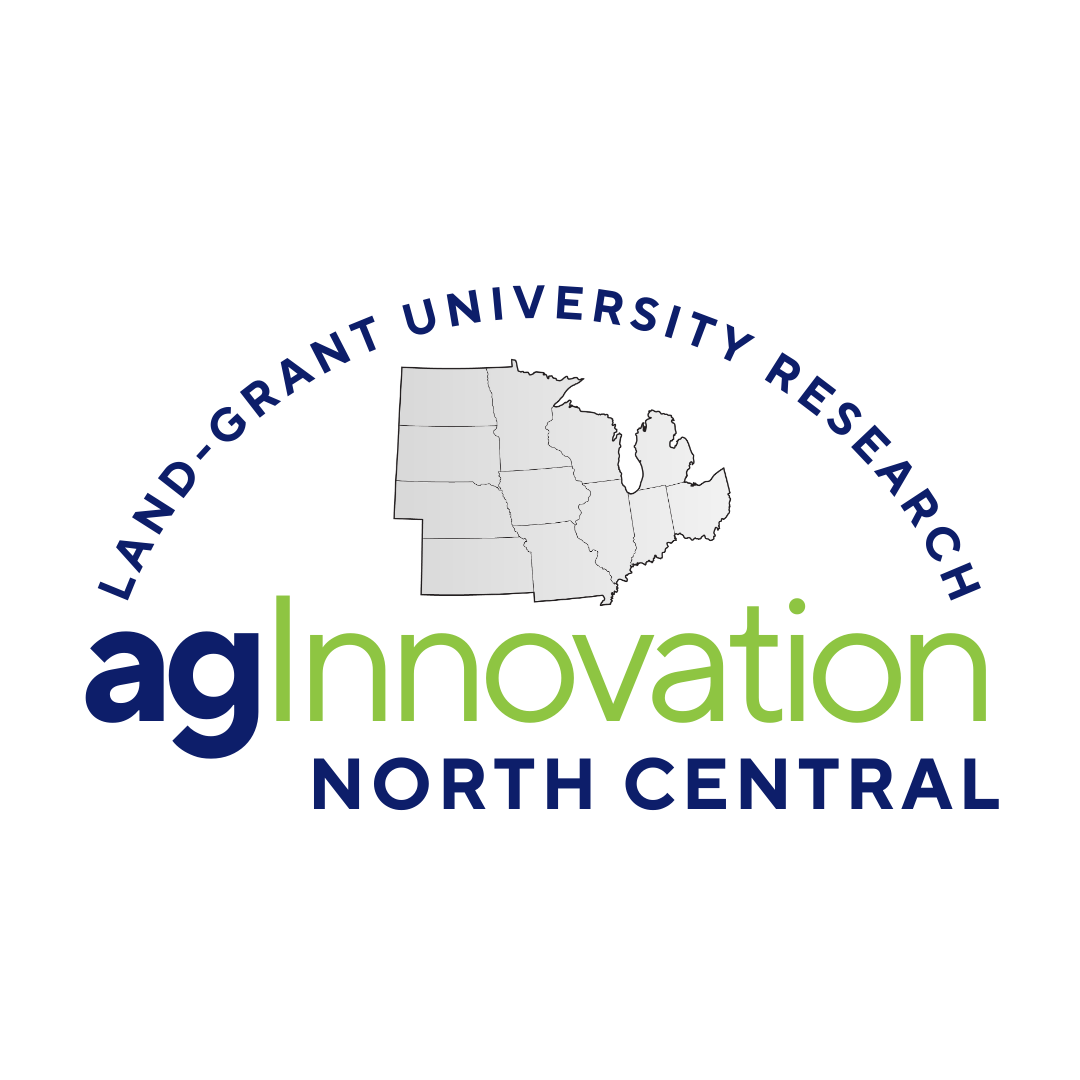
NC1181: Optimizing Forage and Grazing Cattle Management
(Multistate Research Project)
Status: Active
Homepage
The states of Kansas, Missouri, Nebraska, North Dakota and South Dakota have 7.4 million head of beef cows, which comprise over 25% of the nation's beef cows (USDA, 2023). Efficiently utilizing forage resources that are available and enhancing those that can be produced within cropping systems is critical to the future of the cow/calf and stocker industry. During the time period of 1998 to 2018, the cropland acres in ND, SD, NE and KS increased from 80.1 million to 85.0 million. Much of this increase resulted from the conversion of acres producing perennial forages (Wright, and Wimberly, 2013). The decrease in supply of perennial acres has also resulted in doubling of the rental rates for range and pastureland in this region. Rental rates per animal unit month increased 35% from 1998 to 2008 and an additional 45% from 2008 to 2017 in these states (NASS, 2018). To maintain the efficiencies of beef cattle production systems, synergistic use of land resources in a sustainable manner is essential. In addition to grasslands, this includes the complementary use of crop residues, cover crops and annual forages. Thus, systems that take advantage of opportunities to integrate cattle and crop production are vital to sustaining or increasing beef cow and stocker numbers in the region.
When asked their opinions on research needs related to cow/calf production, Nebraska and Iowa cattle producers indicated that limited availability of perennial pasture was a significant issue; however, they also suggested that there are opportunities to integrate cattle and crop production. In 2018, 43 innovative producers across 5 focus groups held across the state were asked their opinions on the research and education needs regarding cow/calf production. The need to evaluate integrated crop and cattle systems in terms of economics, risk and adaptability to markets and weather was in the top four research priorities identified by all of the producer groups. In addition, the groups expressed the need to explore options to extend the grazing season to overcome early spring and fall deficiencies and the need to investigate variability of cattle response when grazing corn residue (Drewnoski et al., 2018).
In 2022, another producer focus group was held in southeastern Nebraska, identified decreasing feed costs as a top priority and wanted to know “what opportunities are there to reduce feed costs by capitalizing on resources such as cover crops, crop residues and strategic supplementation?”. The second item they wanted addressed was related to making money from grazing forage rather than cultivating row-crops on marginal land. They specifically wanted to know “can annual or perennial forages be cost competitive with cash crops on marginal land and how do we optimize management of these forage?” (Drewnoski et al., 2022).
These questions are not limited to Nebraska; similar questions have continued to be raised by Iowa cattle producers. In 2013, Iowa cattle producers indicated that land access for grazing was their #1 concern (Gunn and Loy, 2015). The producers identified the need for more grazing opportunities with interest in reverting marginal row-crop lands back to pasture, effective use of cover crops in a grazing system, and research on palatability of modern varieties of corn residue. In January 2019, Iowa cattle producers were again asked about their research and education needs. Once again, pasture loss and increased rent was their #1 issue. The need for more knowledge of the potential for cover crop grazing and alternative cropping systems was a top priority. Confinement of cow-calf pairs was discussed at 5 out of 6 of their focus groups (Lippolis, 2019).
Planting annual forages would increase forage supply and could enhance system resilience. Additional forage from planting warm season annuals for forage on marginal land and within interseeded pastures can be used to support stocker enterprises, which would increase market options and provide additional opportunities to capitalize on favorable market conditions. Furthermore, additional forage would provide a buffer against drought conditions for cow/calf producers.
This project will be conducted at research stations throughout the North Central Region (NCR). Participants have access to experimental pastures and cropland, livestock handling and feeding facilities, and laboratories at their respective institutions. Researchers at the participating institutions have a history of successful collaborative research through previous committees. The advantages of a multi-state effort include synergistic relationships among multi-disciplinary colleagues at the different institutions, ability to evaluate management practices over wide north-to-south and east-to-west climatic gradients, and the ability to disseminate research findings to a broad regional audience. Several project faculty members have cooperative extension appointments and will assist with the dissemination of research findings. The conversion of range and pasturelands to cropland is widespread in these states, and the potential to incorporate beef production into crop production systems is high. Furthermore, perennial grass forages still encompass a major portion of the NCR; the land area potentially affected by effective management and the number of producers that could benefit is extensive.
The likely impacts from successfully completing this work include: 1) increased productivity and profitability of pasture, rangeland and other forage resources used for beef cattle production, 2) improved sustainability, productivity and profitability of integrated crop and livestock systems, and 3) increased understanding of systems for cow-calf production with limited perennial acres.
The economic impact of beef production has been estimated to be from $1850 to $5200 per cow, depending on whether the economic impact of the feeder and finishing sector is separated from the cow/calf sector. If the cow herd were expanded from 29 million head to 33 million head as a result of the strategies proposed herein, the economic impact would be estimated at $7.4 billion for the cow-calf sector, and over $20 billion for the beef industry as a whole. Much of the potential to expand the cow herd exists in the NCR because of the potential use of traditional and non-traditional forages and co-products in the region.